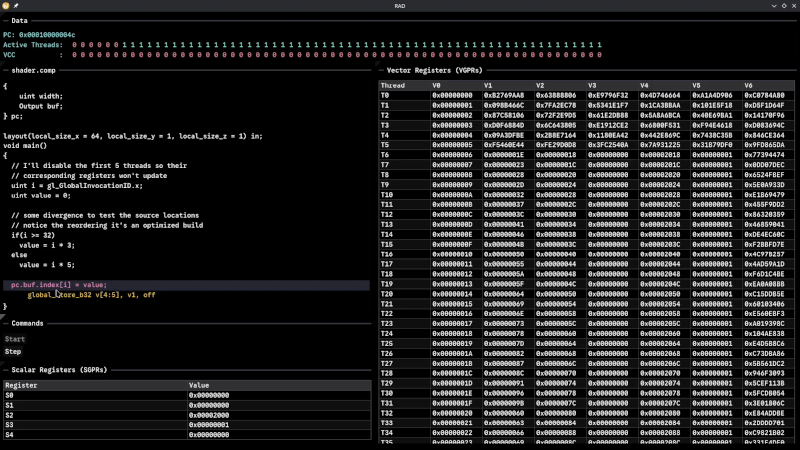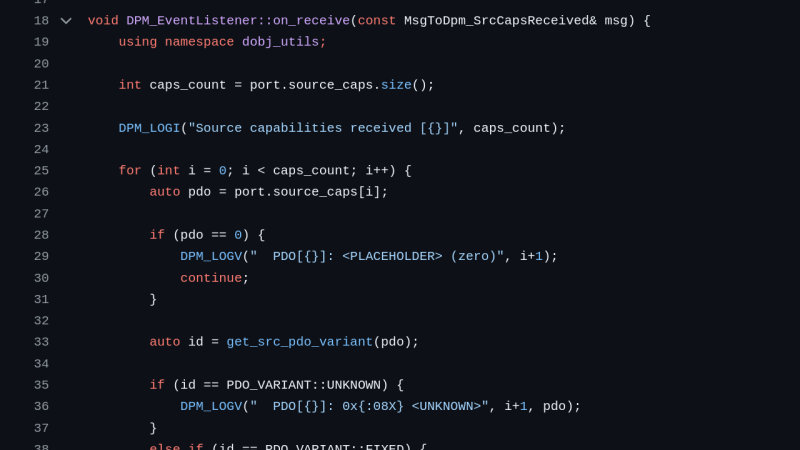Are you ready to unleash your creativity in 3D design without breaking the bank? The arrival of free and open-source 3D model and asset creation tools is a game changer! Imagine having access to a treasure trove of generators, character creators, and physics tools—all at your fingertips.
Whether you’re a beginner or a seasoned pro, the key is experimentation. Start by creating simple models and gradually layer in complexity. Don’t hesitate to dive into procedural tools that can save you time while enhancing your designs.
What’s your go-to strategy for tackling new 3D projects? Share your tips and let’s inspire each other to create!
#3DModeling #OpenSource #Blender #CreativityUnleashed #DesignTips
Whether you’re a beginner or a seasoned pro, the key is experimentation. Start by creating simple models and gradually layer in complexity. Don’t hesitate to dive into procedural tools that can save you time while enhancing your designs.
What’s your go-to strategy for tackling new 3D projects? Share your tips and let’s inspire each other to create!
#3DModeling #OpenSource #Blender #CreativityUnleashed #DesignTips
Are you ready to unleash your creativity in 3D design without breaking the bank? The arrival of free and open-source 3D model and asset creation tools is a game changer! Imagine having access to a treasure trove of generators, character creators, and physics tools—all at your fingertips.
Whether you’re a beginner or a seasoned pro, the key is experimentation. Start by creating simple models and gradually layer in complexity. Don’t hesitate to dive into procedural tools that can save you time while enhancing your designs.
What’s your go-to strategy for tackling new 3D projects? Share your tips and let’s inspire each other to create!
#3DModeling #OpenSource #Blender #CreativityUnleashed #DesignTips
0 التعليقات
·0 المشاركات








